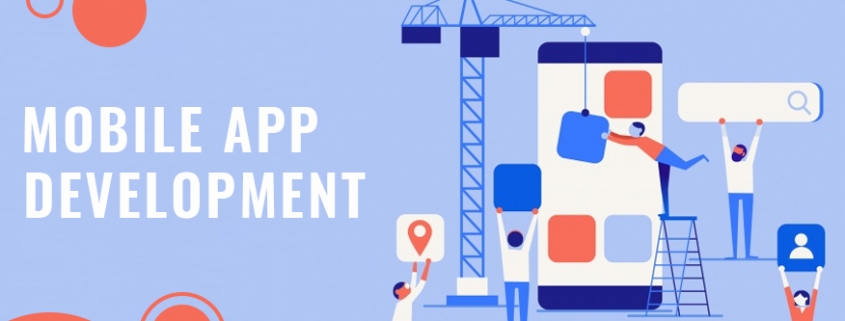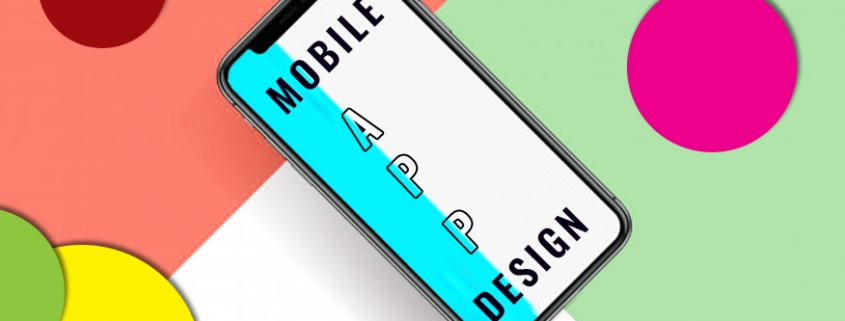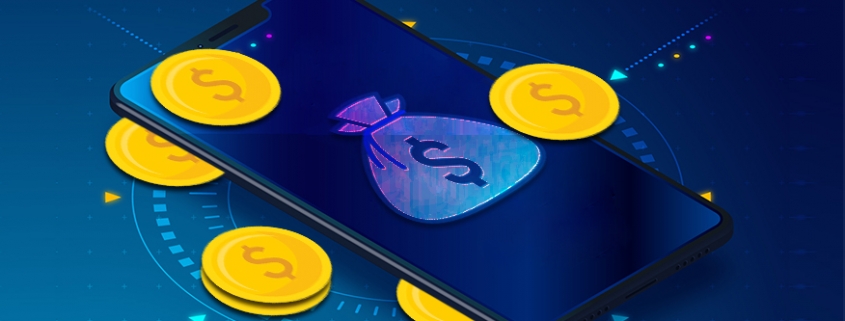How does mobile app development drive the smartphone generation? Saying that smartphones generally transformed the society is an understatement. In the world we live today, people either have earphones plugged into their ears, a mobile phone on their hands, or both. It is undeniable that this generation relies heavily on smartphones for everything and we blame it on the awesome applications.
Living in today’s generation means utilizing tools, such as smartphones, for everyday living. The incredible features of mobile apps make it easier to communicate with other people, dine in restaurants, play games, and music, watch movies, and a lot more.
Mobile App Development is indeed a huge market because the majority of the population is going digital. This means applications for almost everything, even if it means health, entertainment, ordering food, and dating.
Smartphone Growth and Usage
First, we need to understand that mobile phone users have increased in number over the years. Before, phones are just used for calling someone, listening to the radio, playing classic games, or calculating. These days, you can do almost anything using a smartphone. Research, plan a vacation, book flights, and transfer files—everything can be done with simple hand gestures via touchscreen.
According to Key Ideas, the number of smartphone users will swell in the coming years, as smartphone manufacturer Apple, plans to sell 250 million units. By developing new technologies and features, the brand can create more each year. This is just a result of the demand because more and more people look for mobile devices with new and unique features.
The growth in the number of smartphone users can be attributed to the applications available for different devices. Some games require higher operational systems, hence, consumers are obliged to buy newer phones.
The Power of Mobile App Development
Numerous economic sources believe that mobile applications have an economic impact. This is because more people have shifted to smartphones and businesses are already taking over mobile apps for marketing, advertising, and even selling. At large, most companies are going out of the traditional route to connect to a younger target market and make an impact.
Just like websites, applications also serve as the front line of a company. If one is selling products, having a mobile app helps to easily showcase the items and to have a platform to receive orders and transact to customers.
The number of businesses that considered apps for brand improvement increased dramatically. Now, you can download apps like Amazon to order products online, download eBay to sell items and more. Additionally, there are other applications meant for banking; this is why more and more financial organizations who are creating mobile apps to make it easier to track spending and transfer money.
All of these businesses that are entering app development are aware that most people are already on mobile. Applications attract more people because of the convenience it brings and other benefits. Besides, website actions can be a hassle using a phone, so more people are reliant on apps because of easy navigation.
Profitability In Mobile Apps
If you think free applications aren’t profitable, you are wrong. If you launch a new mobile app and more people download it, you can attract sponsors. The number of people who are downloading your app can serve as your plaque or evidence that there is traffic to the app. Soon after, you can collaborate with other brands for in-app advertising.
In addition to ads, you can also earn money through in-app subscriptions, for users to enjoy better features of the app. This is common these days as more app developers look for monetization strategies. In fact, according to Sensotower, in-app purchases amounted to $39.7 billion on App Store and Google Play. This is an incredibly huge market that businesses would not want to miss out on.
Useful Tips to Developing Mobile Apps
Turning to mobile applications to expand your business is a good thing, as you can reach more people around the globe. However, it all boils down to how the app works, its value, and it’s functionality. Therefore, finding the right mobile app developer in Florida affect the outcome of your application.
One of the important tips to remember when it comes to building mobile apps is, finding the best app developer . These professionals know the industry by heart and they can help businesses create aesthetically-pleasing and functional applications.
Another integral trick is to consider your target market and design. These two are related because if your target market is younger people, then the design should please these people. Remember, visual elements are the backbone of the app, hence, think the design through.
Finally, make sure that the mobile app offers value. Find your competitors and see how they build their mobile apps. Learn from their mistakes and use this information to improve your app.
To Sum Up
Mobile app development is a huge market that businesses need to invest in. Aside from publicity, entrepreneurs can use this platform to connect to customers on a personal level and to be relevant in younger generations. Check out awesome app developers like Core Mobile Apps for comprehensive mobile application creation.
















